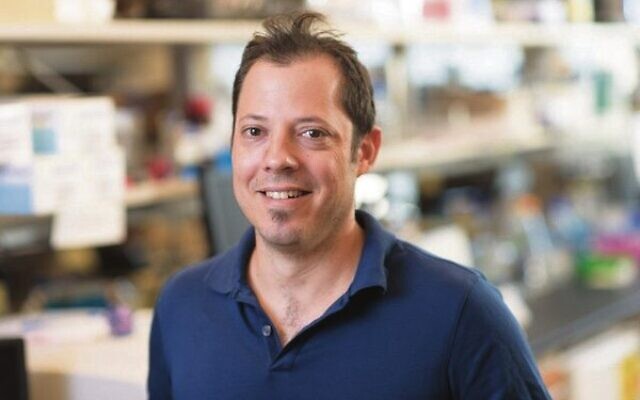AI finds drugs that treat cancer together
A team at the Technion – Israel Institute of Technology's Faculty of Biomedical Engineering have developed a powerful artificial intelligence (AI) tool to help treat cancer.
A team at the Technion – Israel Institute of Technology’s Faculty of Biomedical Engineering have made major headway in a remarkable new approach to cancer treatment.
Based on a new concept called “meta-synergy”, Professor Yosi Shamay and his group developed a powerful artificial intelligence (AI) tool that makes it possible to find drug combinations that are significantly more powerful than each drug individually.
Cancer treatments often employ combination therapy, where different drugs work together in synergy to combat a tumour more effectively than they would do individually. This approach may also prevent the tumour from developing resistance to treatment.
Shamay’s group has taken this idea to the next level by identifying pairs of drugs that do more than work together biologically to attack the tumour. They also chemically assemble into combined nanoparticles. The researchers describe this synergy of synergies as “meta-synergy,” a cooperative interaction that produces a greater combined effect beyond standard synergy.
The resulting nano-medicines are particularly effective at targeting cancer cells and highly successful in fighting tumours, while being less toxic to the patient and causing fewer side effects.
The AI system developed by the team uses text mining to gather information about biological synergy from published articles, compiling a comprehensive database. It then predicts which drug duos can chemically self-assemble or join together to form nanoparticles.
Like a matchmaker, this AI model pairs drugs based on their biological compatibility and their potential to create nanoparticles together, leading to effective “meta-synergistic” drug pairs. It also feeds an online tool that identifies the most promising drug pairs for different types of cancer. It has proposed 1985 drug combinations for synergistic nano-medicines for 70 types of cancer.
“The development of meta-synergy on the nano-metric level is a very complex challenge,” Shamay explained.
“It necessitates the introduction of (at least) two drugs simultaneously into the same delivery system that would lead them to the desired destination in the body.
“Our research has shown, both in a computational demonstration (cheminformatics and artificial intelligence) and in live experiments, that the combination we proposed indeed leads the drugs to the tumour and releases them there – and that this therapy is very effective in treating the disease.
“Beyond the specific combination we demonstrated in our paper, we believe that the concept of meta-synergy will lead to additional breakthroughs in the fight against cancer.”
The study was published in the Journal of Controlled Release.


comments